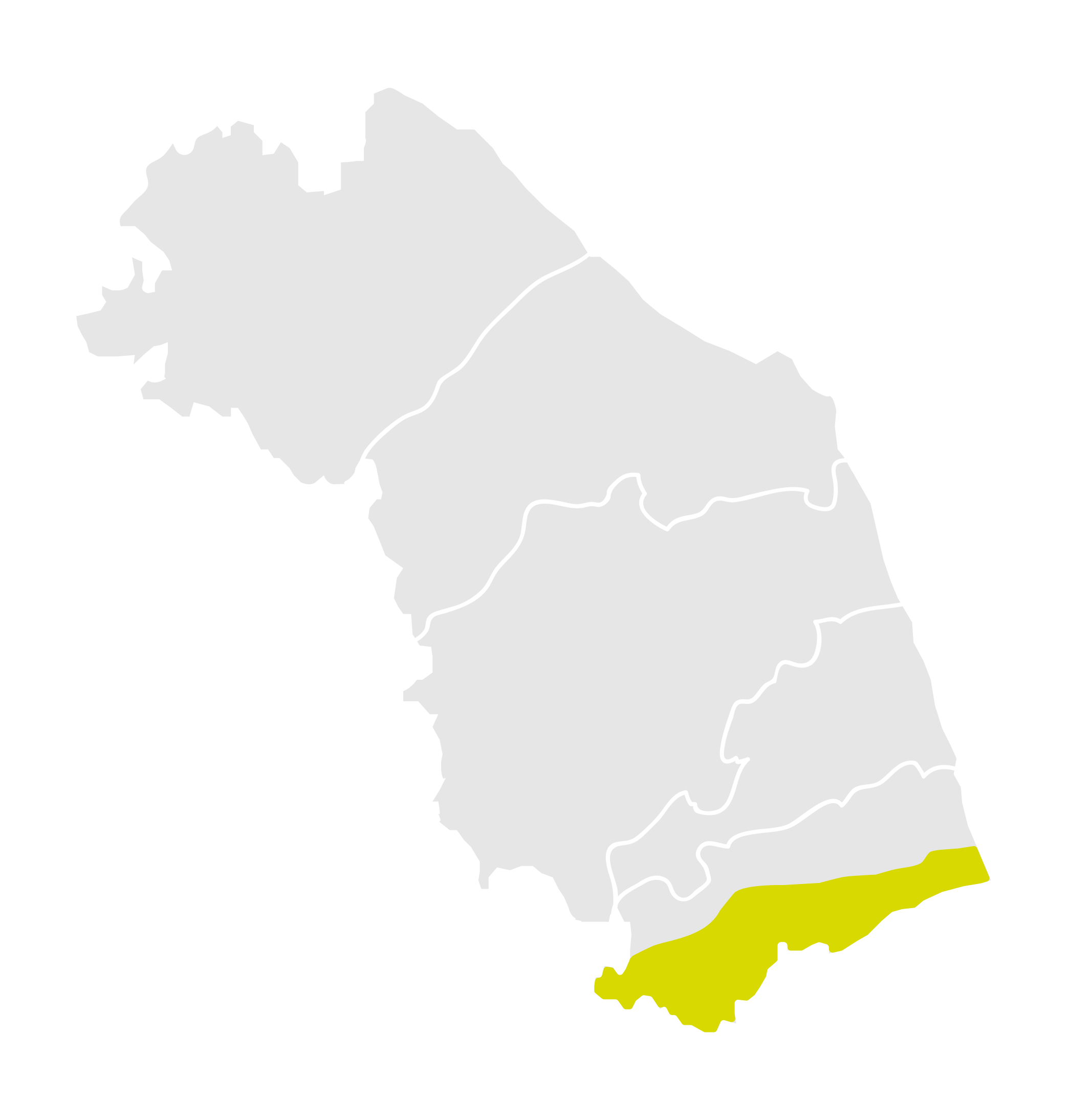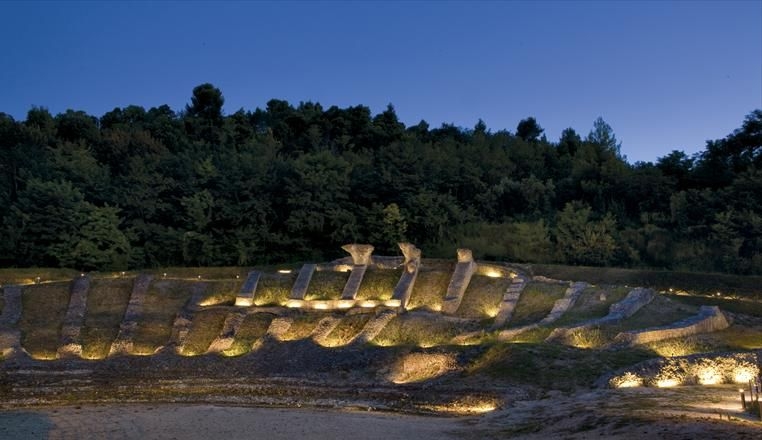
The Roman theater in Ascoli Piceno was built on the northern face of the Colle dell'Annunziata hill, exploiting the natural slope for the construction of the cavea. According to tradition, the Roman theater in Ascoli was the scene of one of the events leading to the Social War: the killing in 91 BC of a number of civil servants and Roman citizens in the city. However, the precise indication of the place where the event took place has not been fully clarified. Of the theater, discovered in the early 1900s, there remain some radial walls of the cavea, a section of the annular corridor and some steps, as well as the stage. In the Archaeological Museum of Ascoli Piceno one can see fragments of the decoration and a few of the seats upon which are written the names of the people for whom they were reserved. Probably datable to the 1st century BC, and according to some rebuilt on an earlier structure destroyed during the Social War, the theater stood not far from the spot where the remains of the amphitheater were discovered, but which are currently no longer visible. In the Middle Ages the area became a quarry of materials for the construction of other buildings.
We have found no place to eat in the vicinity
We have found no place to sleep in the vicinity
Vino e olio, eccellenze dell’agricoltura e della gastronomia marchigiana, sono da sempre al centro dell’economia e dell’identità culturale locale, come testimoniano i numerosi impianti per la produzione olearia e vinicola presenti sin dall’età picena nella regione. Il viaggio alla scoperta del territorio dedicato all’antica produzione dell’olio e del vino ci conduce lungo la Salaria Gallica, strada che collegava Fossombrone ad Ascoli Piceno passando per le principali colonie romane, immerse nelle verdi colline marchigiane.
Narra la legenda che l’antico popolo dei Piceni arrivò dalla Sabina (regione montuosa tra Lazio, Umbria e Abruzzo) e si stabilì nel territorio ascolano seguendo il volo di un picchio, uccello sacro a Marte. Qui fondarono la loro capitale, l’odierna Ascoli Piceno, e occuparono tutto il territorio delle vallate del Tronto e del Tesino e, sulla costa, fondarono un grande santuario, dedicato alla dea picena Cupra. Questo itinerario vi condurrà in alcuni dei borghi più belli d’Italia, la cui storia affonda le radici negli antichi villaggi piceni.

|
Address | Via Dino Angelini Ascoli Piceno |

|
Phone Number | (+39)07122831 |

|
Opening Time | Su prenotazione |

|
Visit Time | 30 min |

|
Entrance Fee | Gratuito |

|
Reservation Required | si |

|
Viabilities | Salaria Romana |

|
Bookshop | no |

|
Free Guided Tour | no |

|
Guided Tour | no |

|
Parking | si |

|
Disabled Accessibility | no |

|
Audioguide | no |

|
Didactic Rooms | no |

|
Conference room | no |

|
English language | no |

|
Public Transport | no |

|
Family Services | no |

